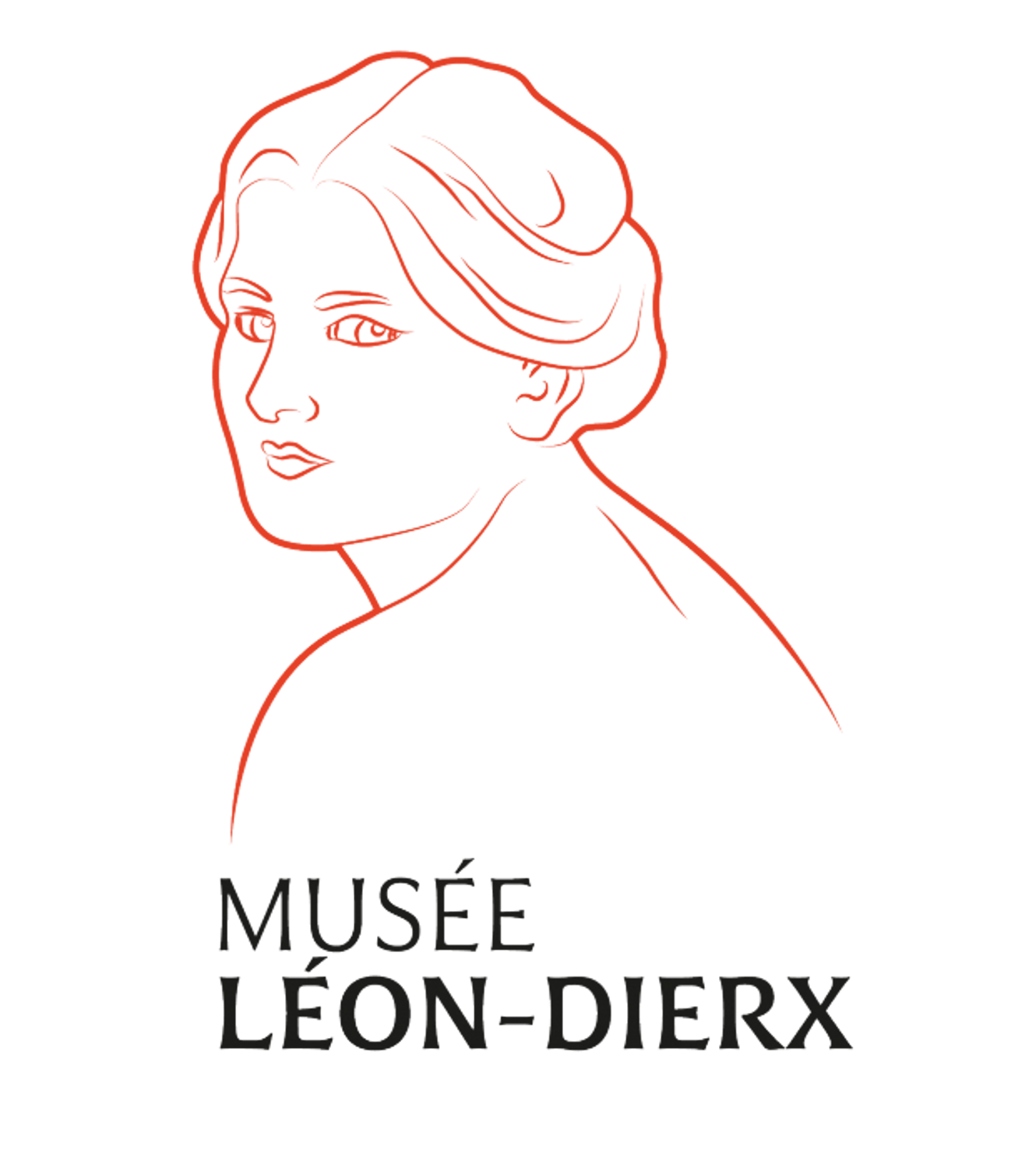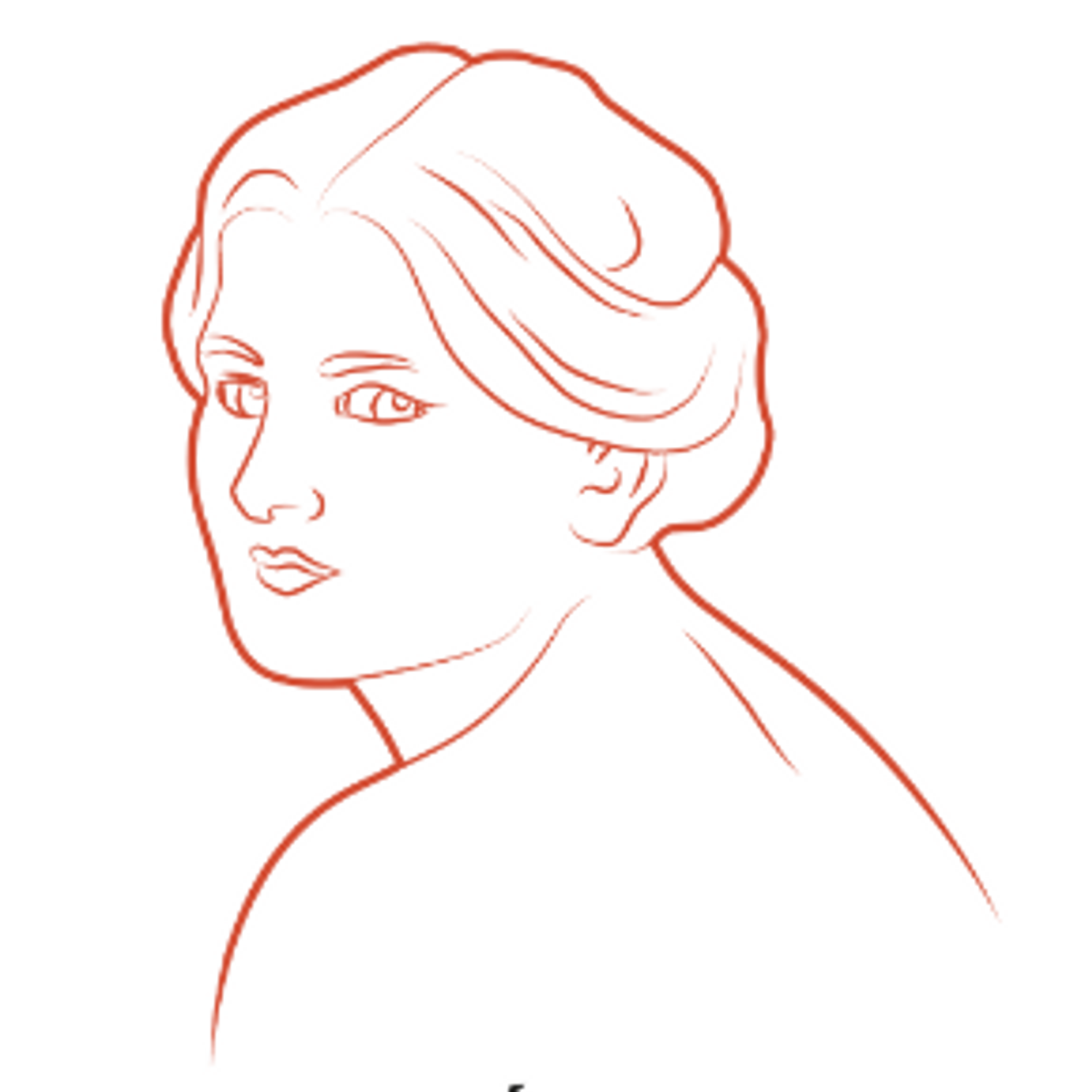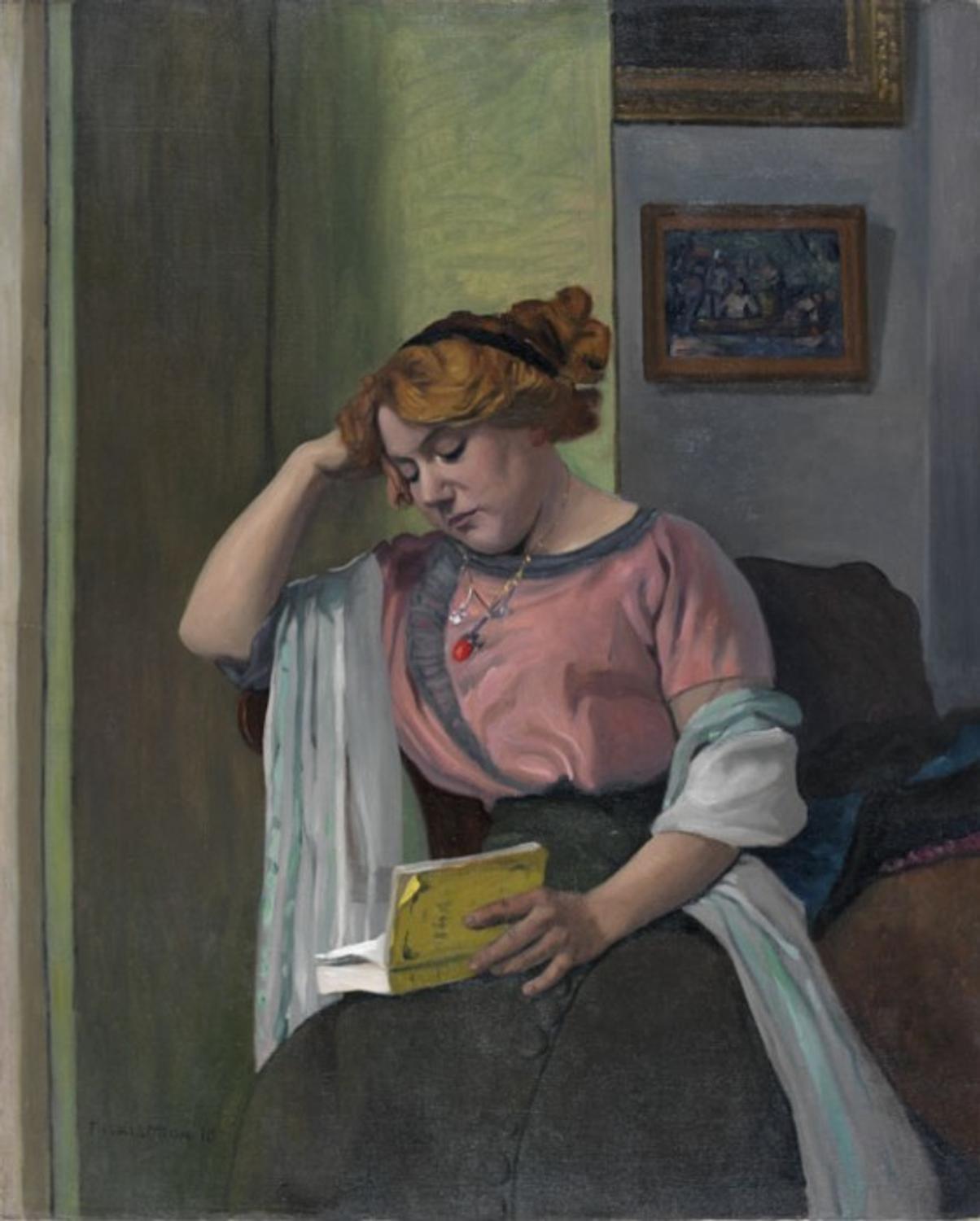THE MASTERPIECES OF THE LEON-DIERX ART GALLERY : Félix VALLOTTON
Felix VALLOTTON
Lausanne, 28 décembre 1865 – Paris, 29 décembre 1925
Vallotton, born in Switzerland in 1882, was the son of a shopkeeper. He settled in Paris in 1882 and went to study art at the Academie Julian, where he got to know the young painters who later formed the Group of the Nabis, who baptised him «the foreign Nabi». As from the end of the 19th century he became one of the avant-garde painters in Paris, notably making a name for himself through his very innovative engravings on wood, with highly contrasted black and white zones. In the 1890s, Vallotton exhibited them at the Le Barc de Bouteville and Vollard galleries and with the Revue Blanche.
In 1899, he married the daughter of the gallery owner Alexandre Bernheim, which gave him a certain material comfort: Vallotton became a member of the bourgeoisie that he had so much criticised and could now devote himself entirely to painting. Still lifes, landscapes using citrus colours, scandalously crude nudes, over 40 years or so, Vallotton developed a unique style with powerful decorative effects, associating muted tones and bright colours, often forming dissonant contrasts.
Femme lisant dans un intérieur (Woman reading indoors), Felix VALLOTTON
1910
Oil on canvas
100 x 81 cm
Inv 1982.01.01
La Femme lisant dans un intérieur (Woman reading indoors) is one of Vallotton’s many portraits. Seated in an armchair with a book on her lap and one arm bent to hold up her head, the pose evokes the classic portraits of Ingres, a painter Vallotton greatly admired. He did indeed develop a classical visual culture, apparent in his paintings, but without any of them ever being produced «in the style of …». Vallotton probably also recalled Cezanne’s painting Fumeur accoudé, of which several versions were produced in 1895. Vallotton was a great admirer of the painter from Aix and in 1900 even bought one of his paintings from Vollard, perhaps the one that can be seen hanging on the wall in the background of this painting.
The young woman posing is devoid of any specific grace, her face rounded and her fingers slightly deformed. Her curved arms and her head form a circle, contrasting with the vertical lines of the background. The painter here makes use of complementary colours, with tints of green, the woman’s pink top and her red hair. The colours with their halftones form a soft harmony, described by the artist as follows: «… the yellow book on her lap, the pink low-necked top, the moss-green skirt, the grey scarf, the background with the picture hanging on the wall and the green screen.» The setting of the painting evokes that of a bourgeois interior, with a touch of melancholy, even boredom, that emanates from the woman, making us feel rather ill at ease, a characteristic of a number of Vallotton’s works.






